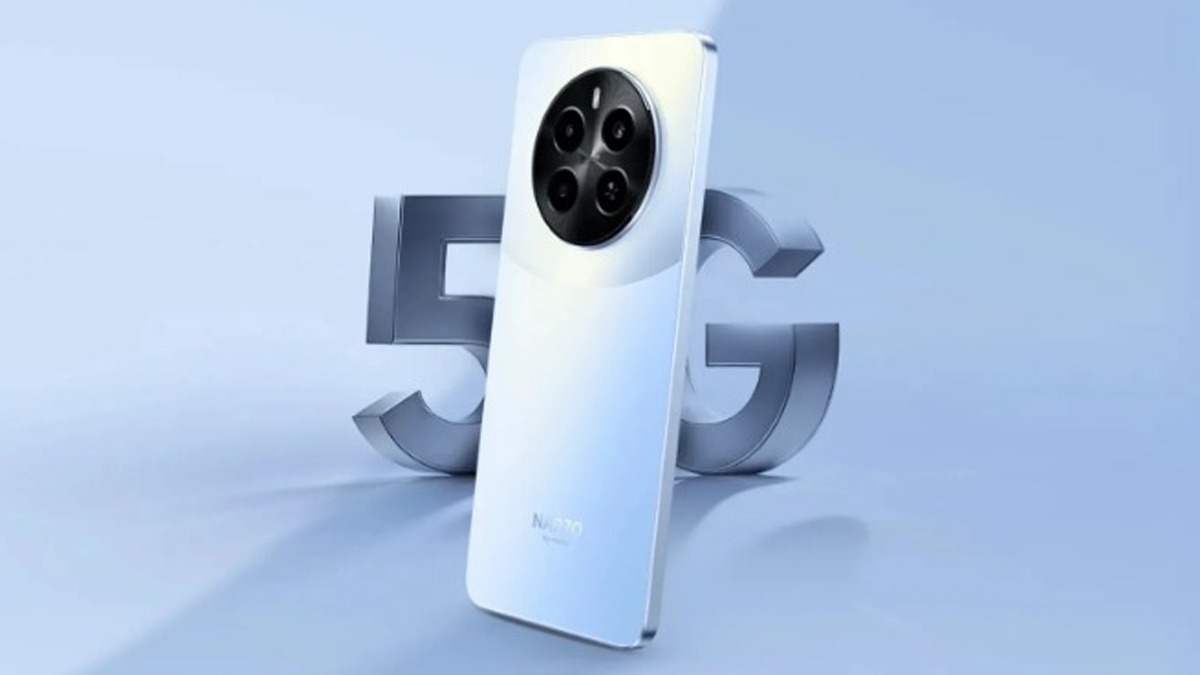Just In
- 17 min ago

- 31 min ago

- 14 hrs ago

- 16 hrs ago

Don't Miss
- Automobiles
 How To Enjoy Your Car Music Safely Without Compromising On Road Safety
How To Enjoy Your Car Music Safely Without Compromising On Road Safety - Finance
 Mukesh Ambani Led JioCinema Slashes Premium Subscription Prices; IPL Live Stream Remains Free
Mukesh Ambani Led JioCinema Slashes Premium Subscription Prices; IPL Live Stream Remains Free - News
 How Will Vokkaliga Voters Influence Bengaluru Rural Elections?
How Will Vokkaliga Voters Influence Bengaluru Rural Elections? - Sports
 SRH vs RCB IPL 2024: Who will be the Highest Wicket-takers in Hyderabad vs Bengaluru?
SRH vs RCB IPL 2024: Who will be the Highest Wicket-takers in Hyderabad vs Bengaluru? - Movies
 Ranneeti: Balakot & Beyond Full Series LEAKED In HD For Free Download After Its Release; DEETS -
Ranneeti: Balakot & Beyond Full Series LEAKED In HD For Free Download After Its Release; DEETS - - Lifestyle
 Exclusive: On World Malaria Day 2024, Dr Shares Danger Signs Parents Must Watch Out For In Child With Malaria
Exclusive: On World Malaria Day 2024, Dr Shares Danger Signs Parents Must Watch Out For In Child With Malaria - Education
 JEE Main Result 2024 Out, Telangana's 15 Toppers Shine, Check Statewise List of 56 Candidates with Perfect 100
JEE Main Result 2024 Out, Telangana's 15 Toppers Shine, Check Statewise List of 56 Candidates with Perfect 100 - Travel
 Escape to Kalimpong, Gangtok, and Darjeeling with IRCTC's Tour Package; Check Itinerary
Escape to Kalimpong, Gangtok, and Darjeeling with IRCTC's Tour Package; Check Itinerary
Martian Dust Won’t Bury Perseverance Rover’s Rock Samples

NASA’s Perseverance has been collecting samples of Martian soil for a long time. The rover recently deposited its first rock sample tube for a later mission to collect and bring it back to Earth. It is believed that martian dust won’t disturb new caches of Mars rock samples.
Perseverance collects two samples from each location and carries a pair. If the rover fails to carry the samples in its belly to a waiting spacecraft, two small choppers will ferry the backup tubes to the return rocket instead.
Some of you are wondering about the samples I’m putting down. Could the Martian wind blow them away, or cover them with sand over time? Here’s why my team’s not worried: (🧵) pic.twitter.com/UYqLkVNuMU
— NASA's Perseverance Mars Rover (@NASAPersevere) December 23, 2022
Looking For Ancient Life On Mars
The mission will be a joint venture between NASA and ESA, and it will enable scientists to scrutinize the tubed samples to determine if ancient life existed on the Red Planet. The sample return mission isn’t expected anytime sooner than the 2030s, however, officials at NASA’s Jet Propulsion Lab (JPL) assured people concerned about wind or dust hurting the tubes.
Perseverance’s official Twitter account wrote, “My team’s not worried,” alongside several shreds of evidence showing how NASA is keeping track of the deposit locations. Mars experiences gentle gusts, as its atmosphere is only one-hundredth the pressure of our planet’s sea level.
What about something smaller, sitting low on the surface? See this ribbon cable leading to @NASAInSight’s seismometer? After four years: a thin coat of dust, but easy to spot. (The pile of dirt you see over part of it is only there because InSight purposely put it there.) pic.twitter.com/UdpHVY18eA
— NASA's Perseverance Mars Rover (@NASAPersevere) December 23, 2022
"Winds around here can pick up *speed,* but they don't pick up a lot of *stuff.* Think fast, but not strong," the Perseverance account tweeted. That said, winds shouldn’t be a huge concern for nuclear-powered missions such as Perseverance.
Easy Work For NASA
For the sample tubes that lie low on the martian surface, NASA believes they will be "easy to spot" considering examples shown in older footage from InSight lander. Even after spending four earth years on the martian soil, InSight’s cables were recognizable despite being dusty.
"Not only do we expect the sample tubes not to be covered up," the Perseverance account tweeted, "but I'm also very carefully documenting exactly where I put them down. So going back to them again later shouldn’t be an issue."
The backup mission will land on Mars by 2031. Launch opportunities between our planet and the Red Planet come around every two years, giving the space agencies enough time to send a mission before 2040.
-
99,999
-
1,29,999
-
69,999
-
41,999
-
64,999
-
99,999
-
29,999
-
63,999
-
39,999
-
1,56,900
-
79,900
-
1,39,900
-
1,29,900
-
65,900
-
1,56,900
-
1,30,990
-
76,990
-
16,499
-
30,700
-
12,999
-
11,999
-
16,026
-
14,248
-
14,466
-
26,634
-
18,800
-
62,425
-
1,15,909
-
93,635
-
75,804











































